Full-frame DSLRs used to be the preserve of professional photographers, but as the costs have dropped and lower-cost models have started to appear, many serious amateurs and enthusiasts can now enjoy the benefits of full-frame photography.
This allows for larger photosites (pixels to you and I) on the sensor, delivering better light gathering capabilities, which in turn means better image quality - especially at higher sensitivities.
We should also mention full-frame mirrorless cameras. These aren't DSLRs strictly, but the Sony A7 series cameras like the brilliant Alpha A7R II and now the Leica SL are muscling in on the full-frame DSLR market, and are particularly interesting for those who also need to shoot video.
To find out more, read this: Mirrorless vs DSLR cameras: 10 key differences.
Or to get an idea of what kind of DSLR you can get at different price points, try this: Best DSLR.
In the meantime, here are the best full-frame DSLRs you can buy right now:
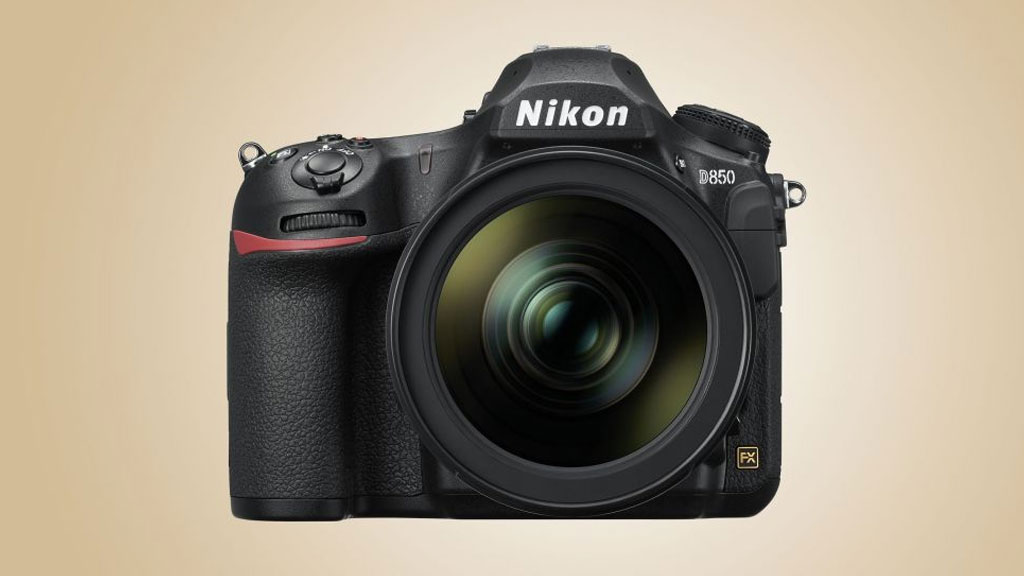
The latest addition to this list is the newly launched Nikon D850 full-frame camera.
The camera is aimed at photographers involved in nature, events, fashion and wedding photography and its wide ISO range of 64 to 25600 allows them to shoot continuously in different lighting conditions.
Nikon’s EXPEED 5 image processor sits at the heart of the camera, which promises to offer uncompromised performance across still and video shooting.
It comes with 45.7 MP BSI CMOS sensor that promises to keep a balance of high-speed and impressive resolution when combined with up to 9-fps continuous shooting mode.
The LiveView focusing speeds could be better and the SnapBridge connectivity is nothing to write home about, but this camera still manages to outshine the rest.
Read the full review: Nikon D850
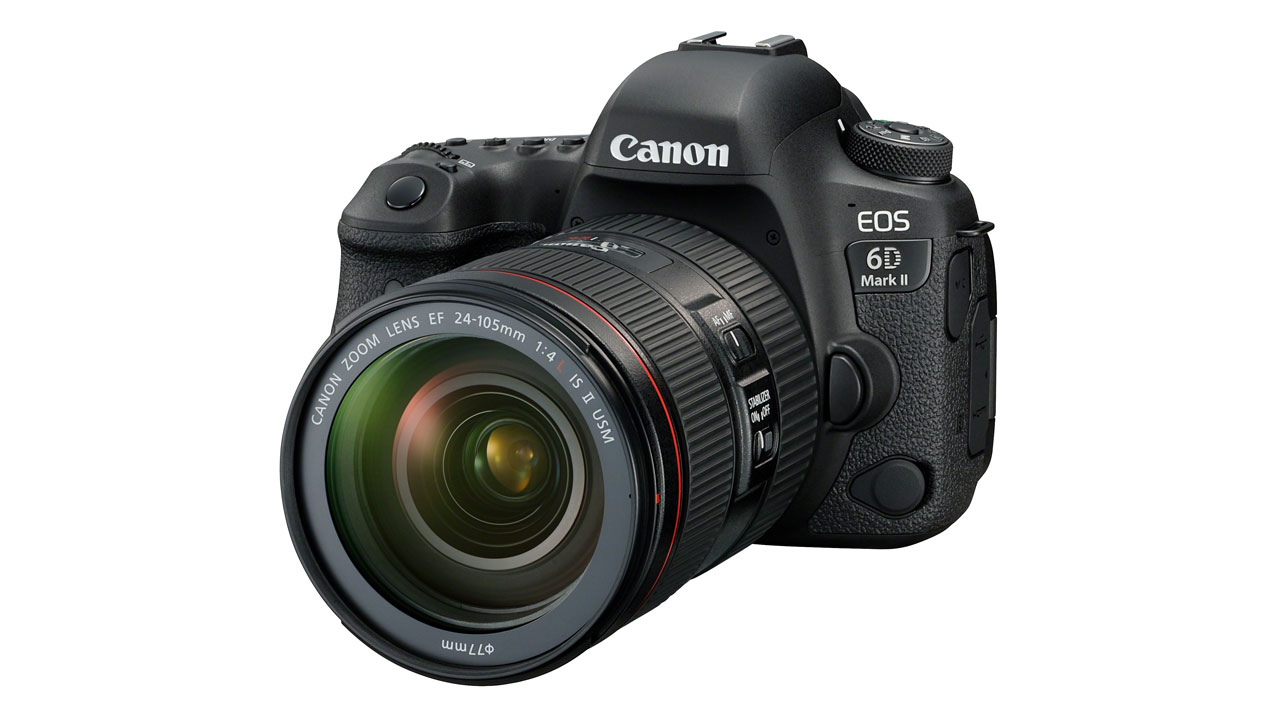
Canon recently added Canon EOS 6D Mark II to its full-frame DSLR lineup in India. The camera comes with 26.2MP full frame CMOS sensor which works well in low-light conditions.
One thing that might disappoint some users is the absence of 4K capability. But, to cover this up, the camera has a 4K Time-Lapse function which fuses the images to create a 4K video.
The EOS 6D Mark II also features Dual Pixel CMOS AF technology which gives more precise focus tracking while using either ‘Live View’ or ‘Video’ mode.
Read the full review: Canon EOS 6D Mark II
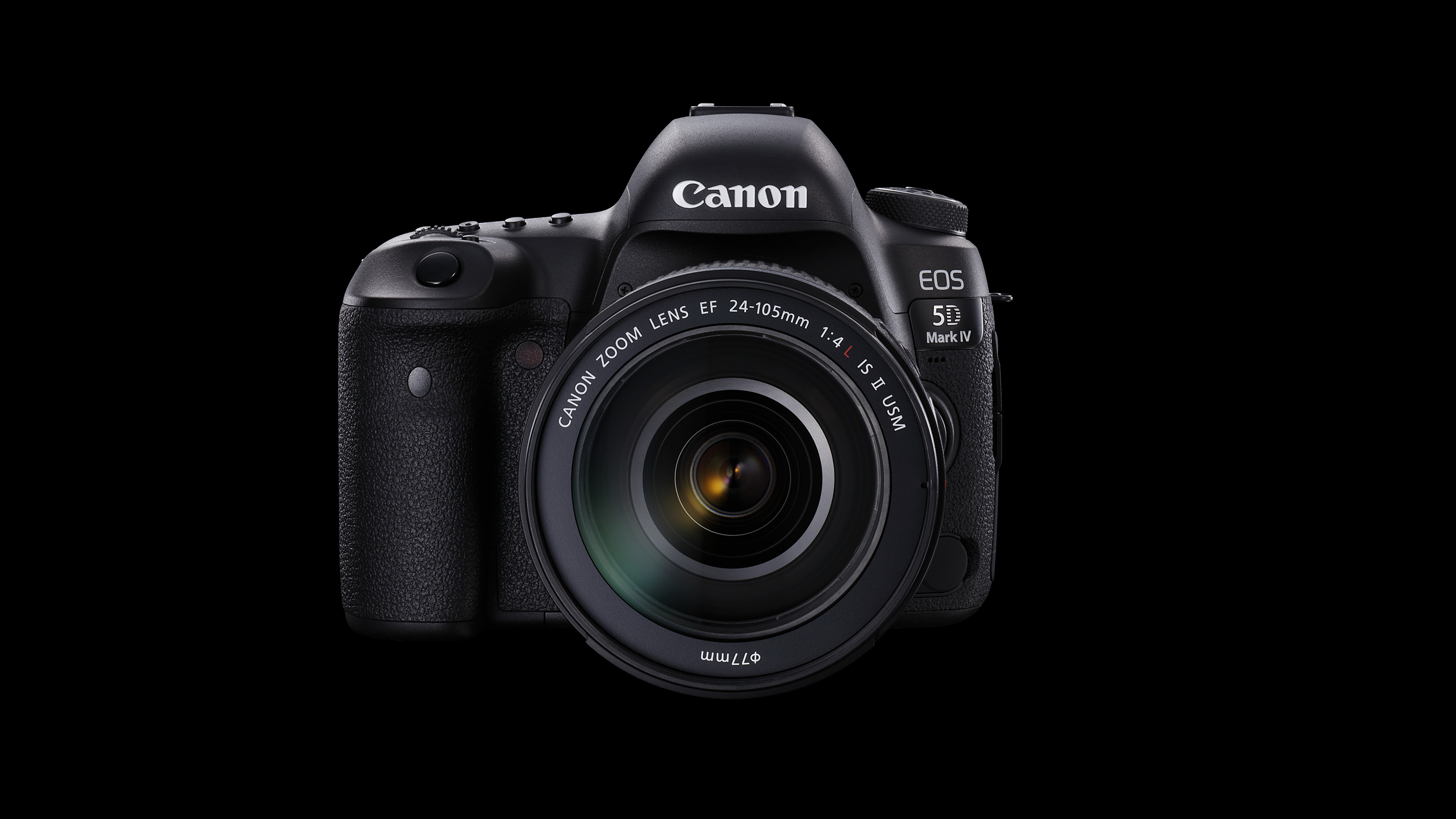
Canon's EOS 5D series of cameras has a rich heritage – the original EOS 5D bought full-frame photography to the masses, while the Mark II unleashed Full HD video capture for the first time on a DSLR, starting a whole new genre of DSLR movie-making.
That's not forgetting the Mark III, which perhaps, was not as groundbreaking as the two models before it, became a firm favourite among photographers.
The 5D Mark IV pretty much tweaks and improves on everything the Mark III had to offer. This includes a brilliant new 30.4MP sensor that delivers pin-sharp results and an advanced 61-point AF system that's incredibly sophisticated. It even has pro-spec performance, 4K video and some very polished handling.
Put this all together, along with a host of other features and it all combines to make the EOS 5D Mark IV one of the best DSLRs we've seen.
Read the full review: Canon EOS 5D Mark IV
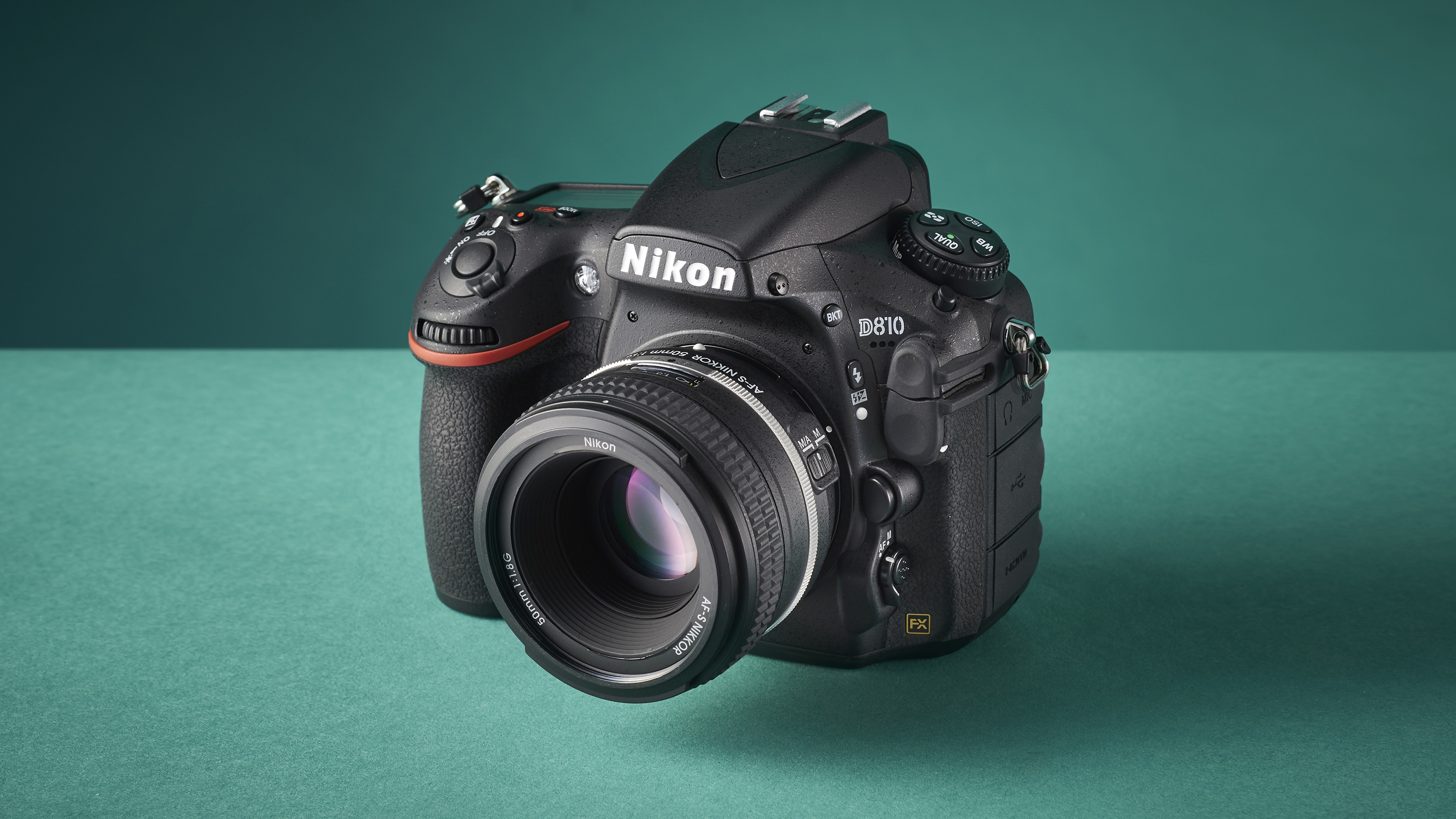
It might be getting a bit old now (it was launched back in the summer of 2014), but the Nikon D810 is still one of the best DSLRs around. Not to mention that it manages to give the EOS 5D Mark IV a good run for its money.
Images from Nikon's 36.3 megapixel monster are bursting with detail, while its 1200-shot battery life puts the 50.6MP EOS 5DS in the shade.
We're also fans of the D810's clarity micro-contrast adjustment with its video-friendly 'flat mode' for maximum dynamic range. The 51-point AF system copes well with tricky focusing situations, mainly because both the AF and metering systems are taken from the now ex-range-topping Nikon D4S.
Excellent handling and relatively modest dimensions further ensure that the D810 doesn't disappoint.
Read the full review: Nikon D810
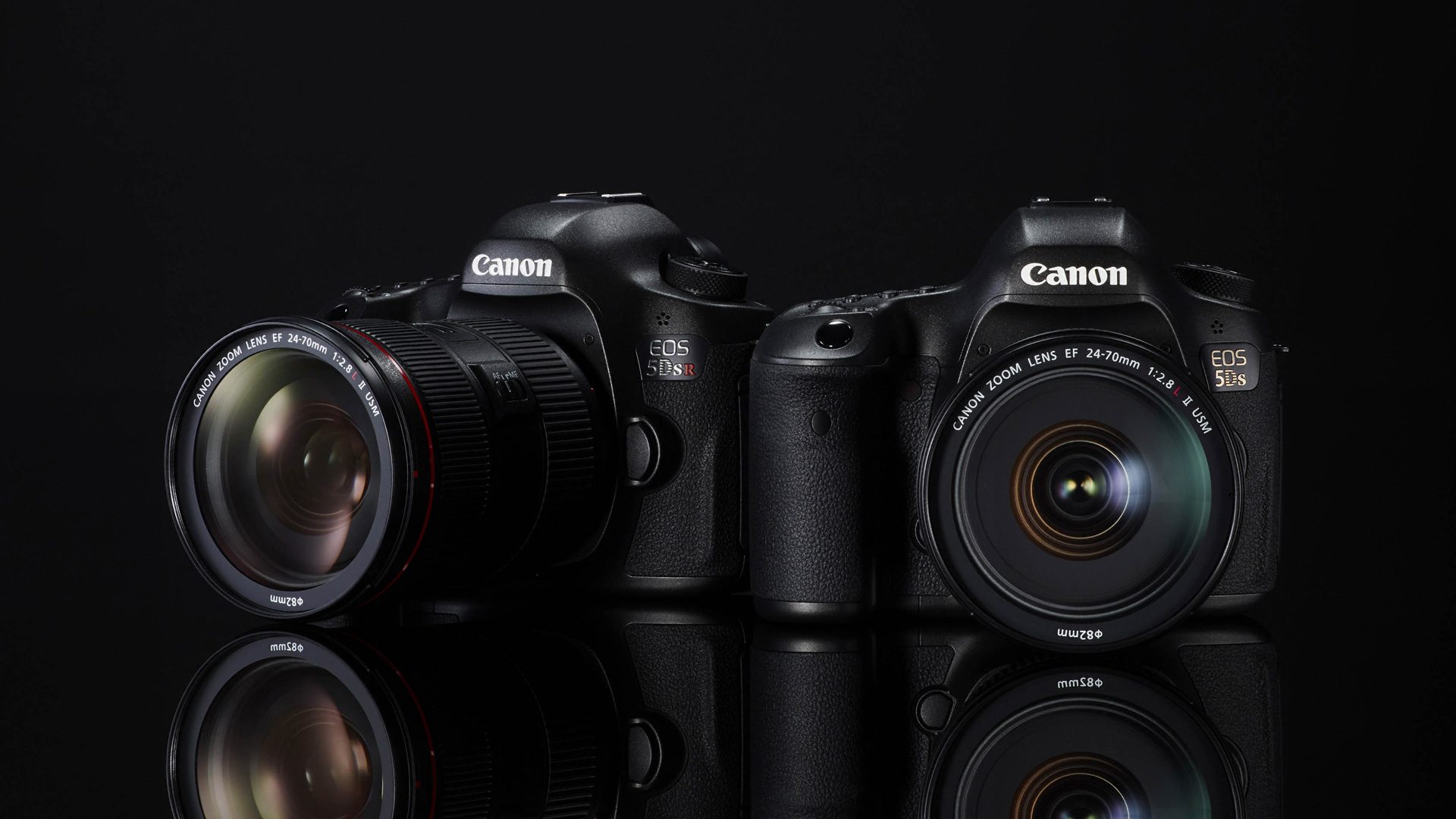
With 50.6 million effective pixels, the Canon EOS 5DS is by far the highest resolution full-frame DSLR on the market today.
The same goes for the 5DS R, which is identical to the 5DS, but features an anti-aliasing cancellation filter over the sensor to help resolve a little more detail should you need it.
Pixel-packed sensors can be compromised, but not here. Image quality is superb, as you'd expect, with fantastic detail, well controlled noise and good dynamic range. This makes it the ideal choice for the landscape or studio photographer.
The EOS 5DS is now the benchmark for full-frame image quality, but it's not quite perfect. There's no Wi-Fi or 4K video recording, and huge image file sizes necessitate decent memory cards and a fast computer.
Read the full review: Canon EOS 5DS
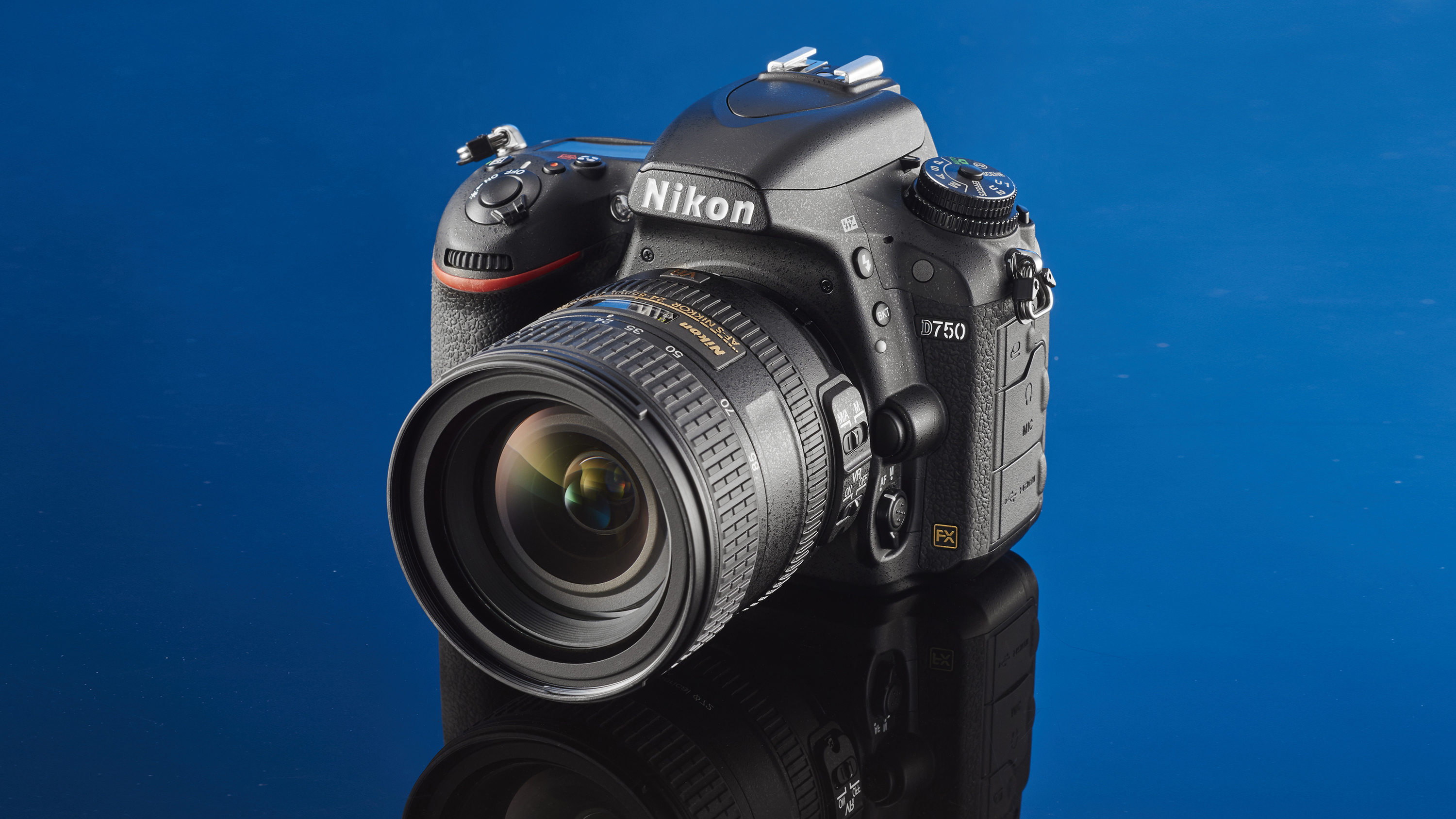
Can't quite stretch to one of our top options? Then the Nikon D750 should be at the top of your list.
The D750 still packs a cracking 24.3MP sensor and is as weatherproof as the D810, yet it's roughly 25% cheaper. Compared to its baby brother, the D610, the D750 has a superior 51-point AF system, as well as more advanced metering and video capabilities.
That's not forgetting the wider sensitivity range, useful tilting screen and Wi-Fi connectivity.
Its continuous shooting speed of 6.5fps isn't quite as fast as some may have hoped for, but on the whole the Nikon D750 is a well-rounded, well-priced choice for enthusiast photographers.
Read the full review: Nikon D750
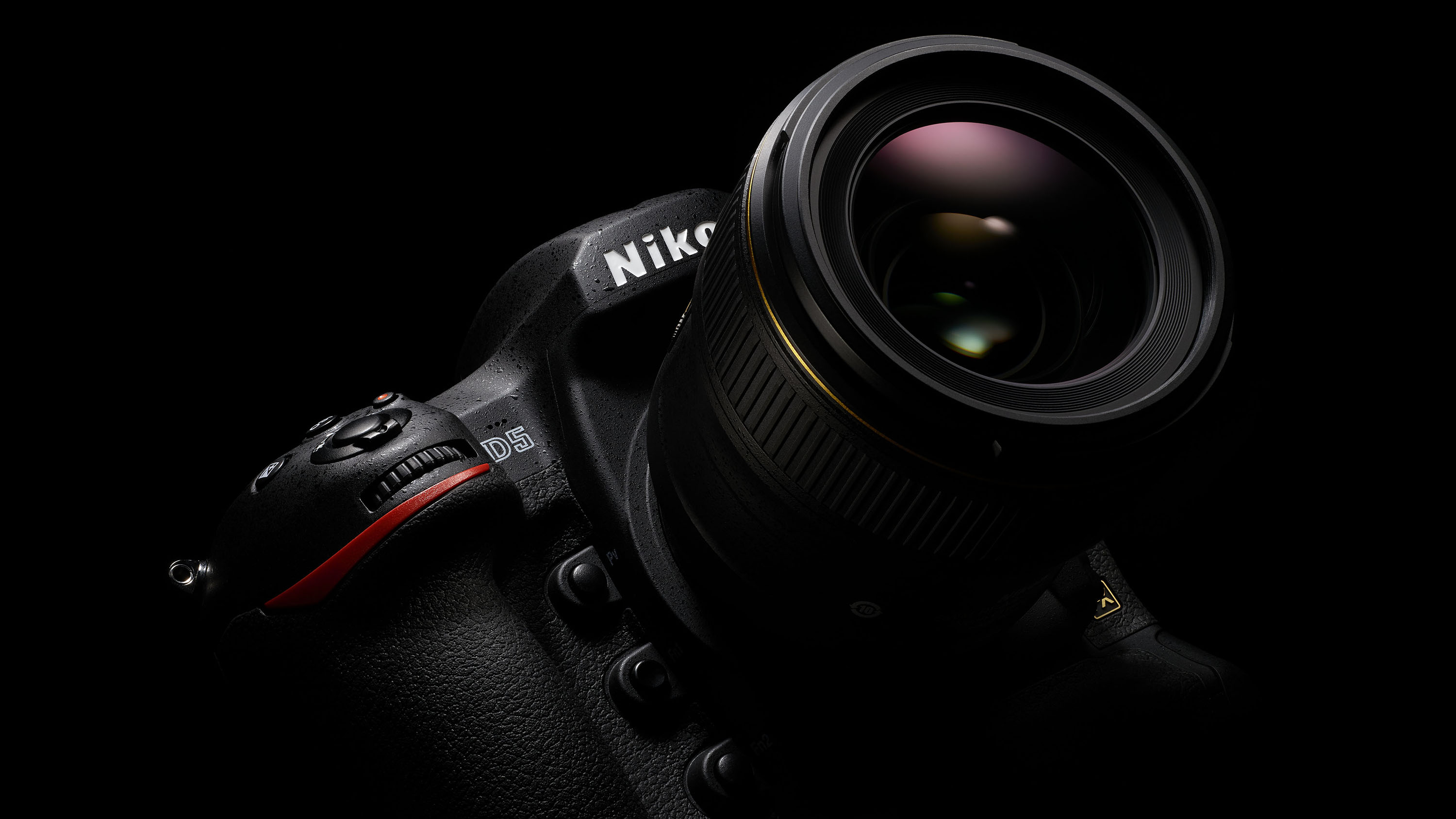
The D5 is Nikon's latest flagship DSLR, and it certainly doesn't disappoint. 20.8 megapixels might seem a bit stingy, but it means the D5 can shoot at 12fps continuous shooting, while the extended ISO range of ISO 3,280,000 has never been seen before in a camera.
The autofocus system - with a coverage of 173 auto-focus (AF) points (99 of which are cross-type), the sophistication and speed of the AF is staggering.
However, the ability to shoot 4K video is restricted to three minutes but putting that aside, the D5 is a phenomenal camera that's used by professionals the world over.
Read the full review: Nikon D5
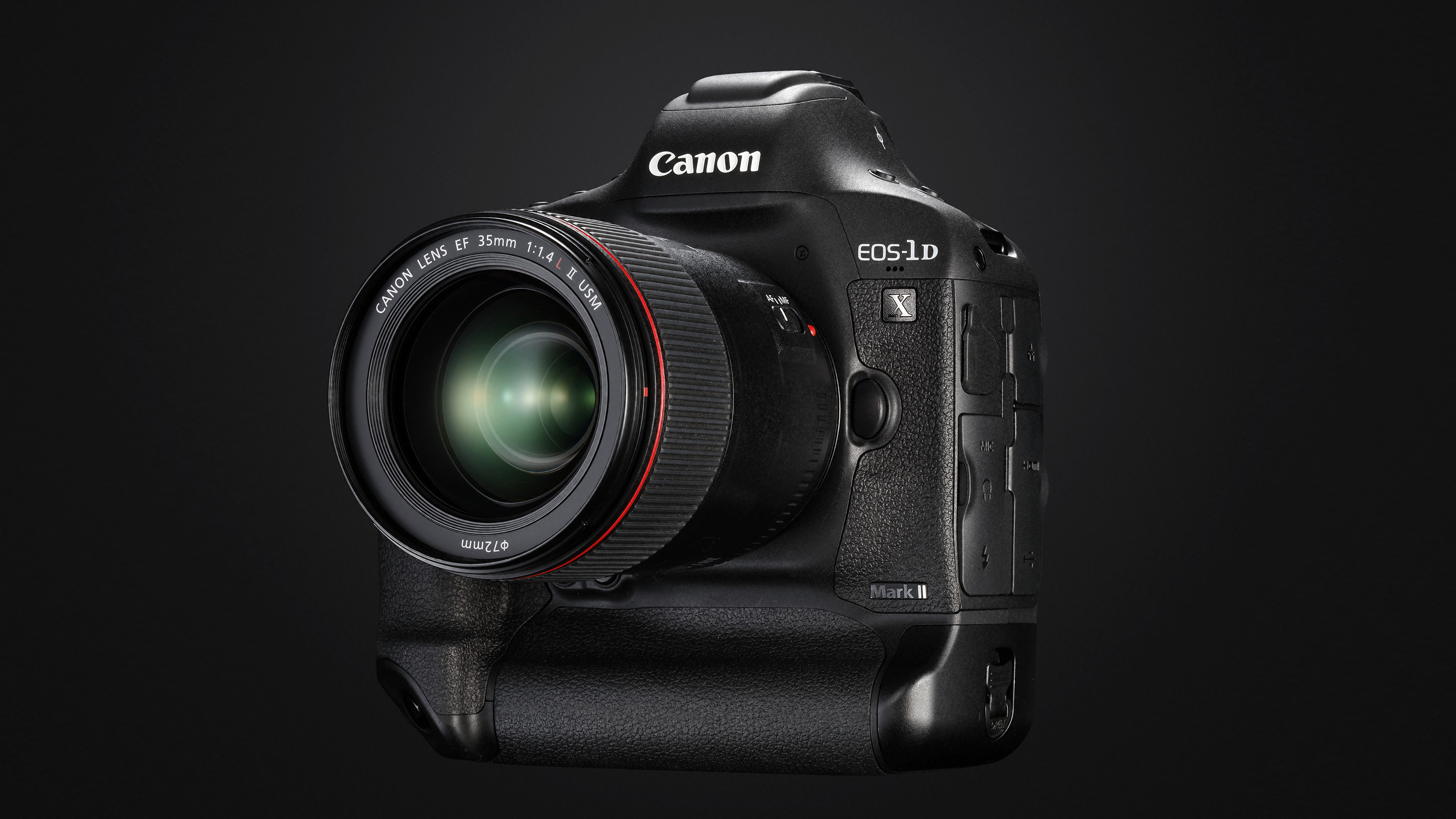
Choosing between the EOS-1D X Mark II and Nikon D5 will most likely depend on which manufacturer you're already tied to with your lens system, but the two cameras are otherwise pretty closely matched.
With the EOS-1D X Mark II, Canon has created a very powerful and versatile camera that's a great choice for professional sport and news photographers thanks to a blistering 14fps burst shooting.
It doesn't have the outrageous sensitivity range of the Nikon D5, but it's very capable in low light, delivering excellent images within its standard sensitivity range.
Read the full review: Canon EOS-1D X Mark II
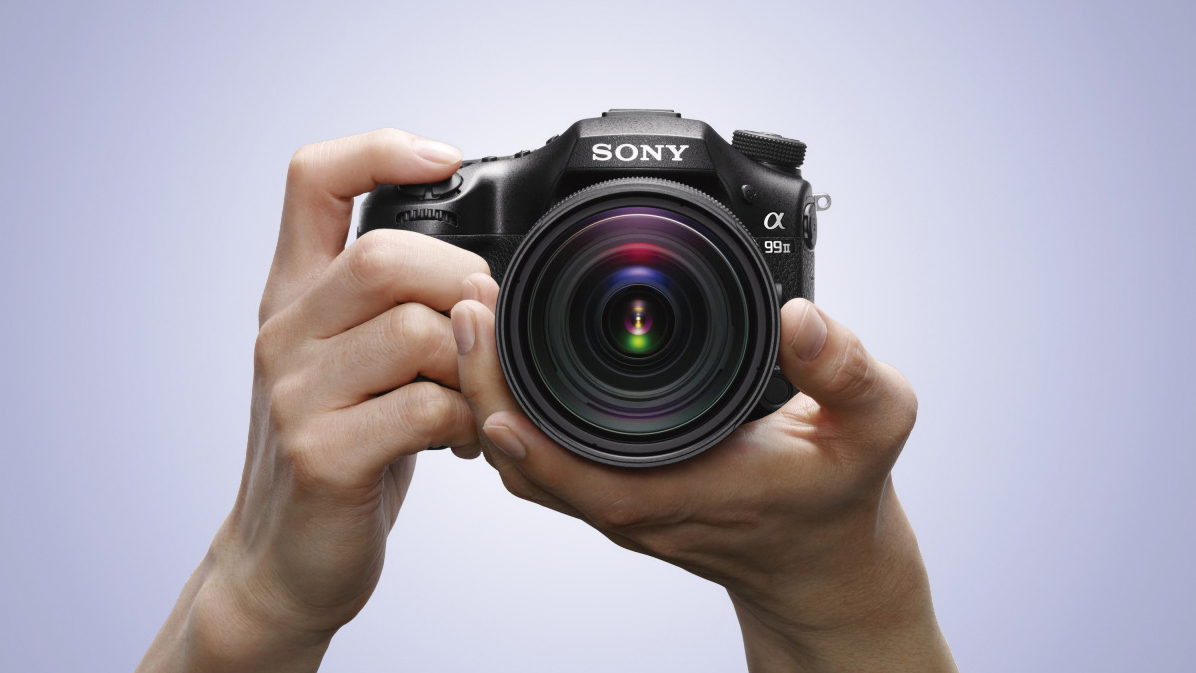
Sony has made some significant changes from the original A99 for this latest iteration, and the result is a camera that should satisfy a broad range of users.
The high-resolution 42.2MP sensor at the camera’s heart is the A99 II’s greatest asset, while 4K video quality is also very good. At the same time the camera maintains much of what we loved about the A99, with excellent handing and the benefits of the SLT system presenting very real advantages over more traditional DSLRs.
The arrival of the mirrorless Alpha A9 though takes the shine off a little.
Read the full review: Sony Alpha A99 II
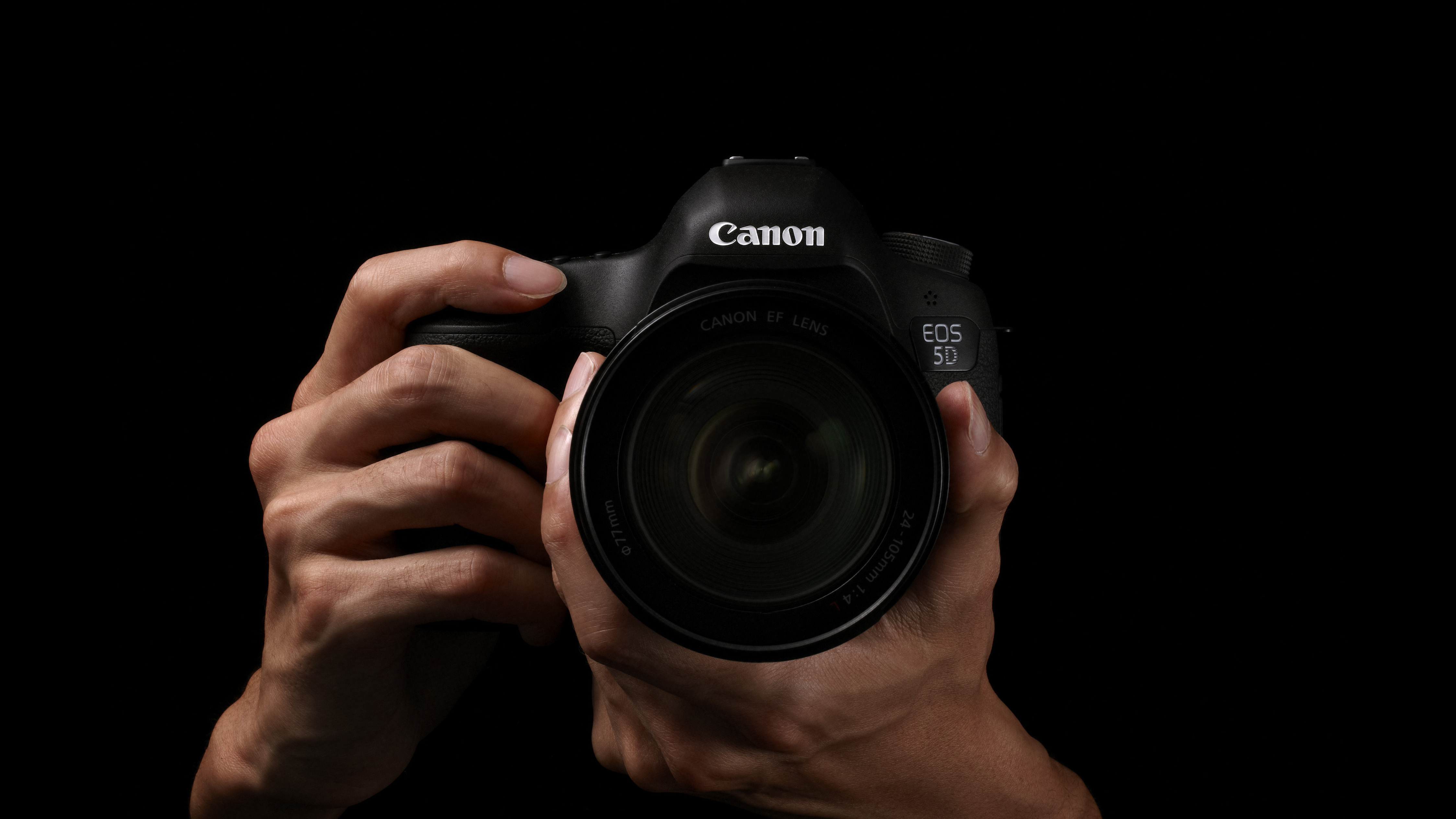
It may have been replaced by the Mark IV, but the Mark III is still a great choice for those after a feature-packed, full-frame DSLR. If you don't need the extra pixels, then the 22.3MP sensor won't disappoint, delivering excellent results through the ISO range. Just make sure you shoot raw to get the best results.
The auto-focus (AF) performance is very good too, with the 61-point AF system at home shooting a range of subjects. This is backed-up with a decent all-round performance and polished handling, while it's also incredibly well made, with a durable metal finish.
The arrival of the Mark IV means it's in its most competitively priced option ever.
Read the full review: Canon EOS 5D Mark III
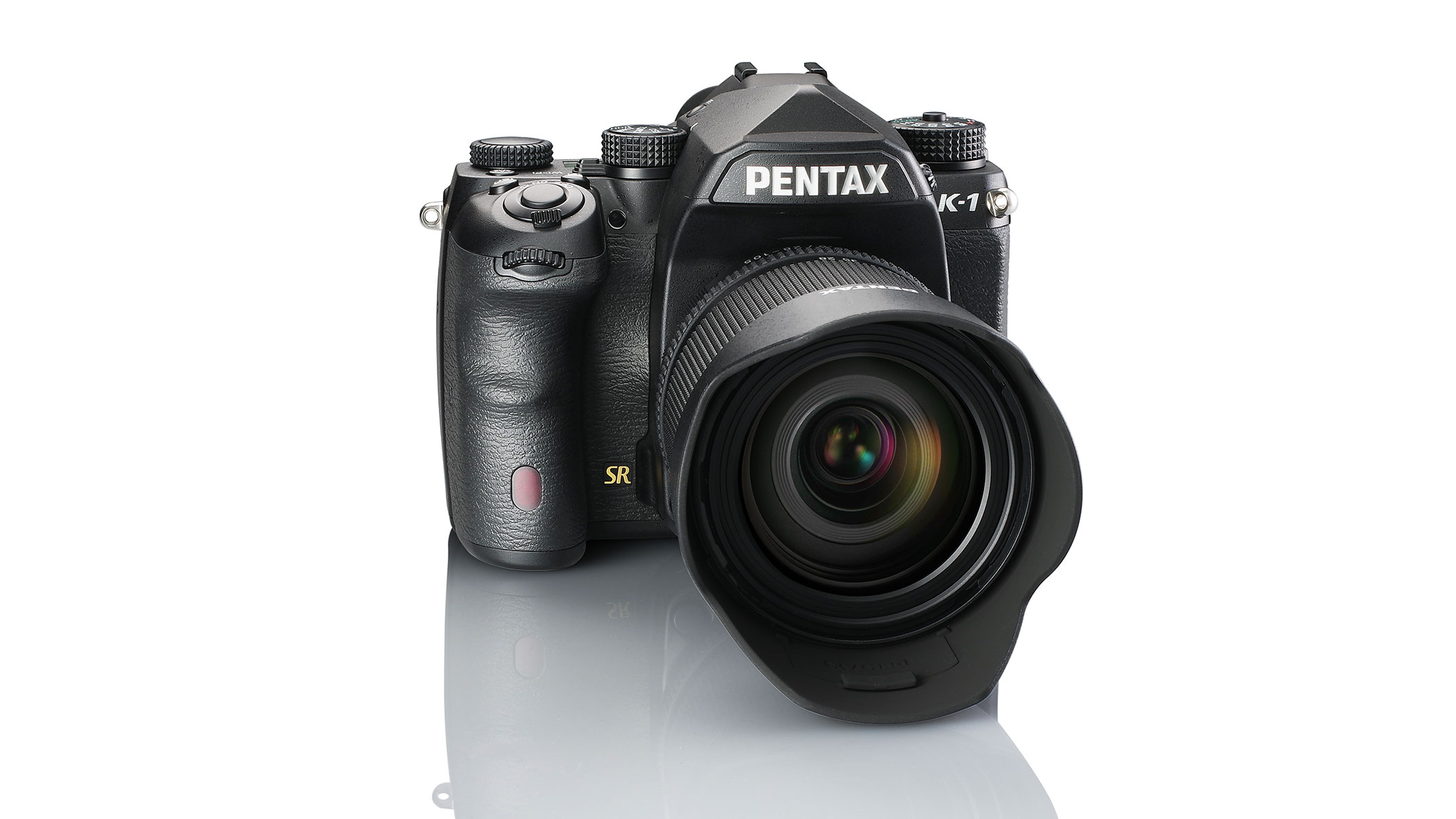
The K-1 from Pentax offers a rugged build and a full-frame sensor at a relatively affordable price. It's not cheap, but it compares favourably with the likes of the Nikon D810, Canon 5D Mark III and Sony Alpha 7R II.
Pentax's Pixel Shift Technology is clever, and it's great that the company has managed to produce a mode that can be used when the camera is hand-held, although the impact is subtle.
Less of an all-rounder than the 5D Mark III, the K-1 makes an excellent camera for landscape, still life and portrait photography, or any genre that doesn't require fast auto-focus and which benefits from a high pixel count for detail resolution.
Read the full review: Pentax K-1
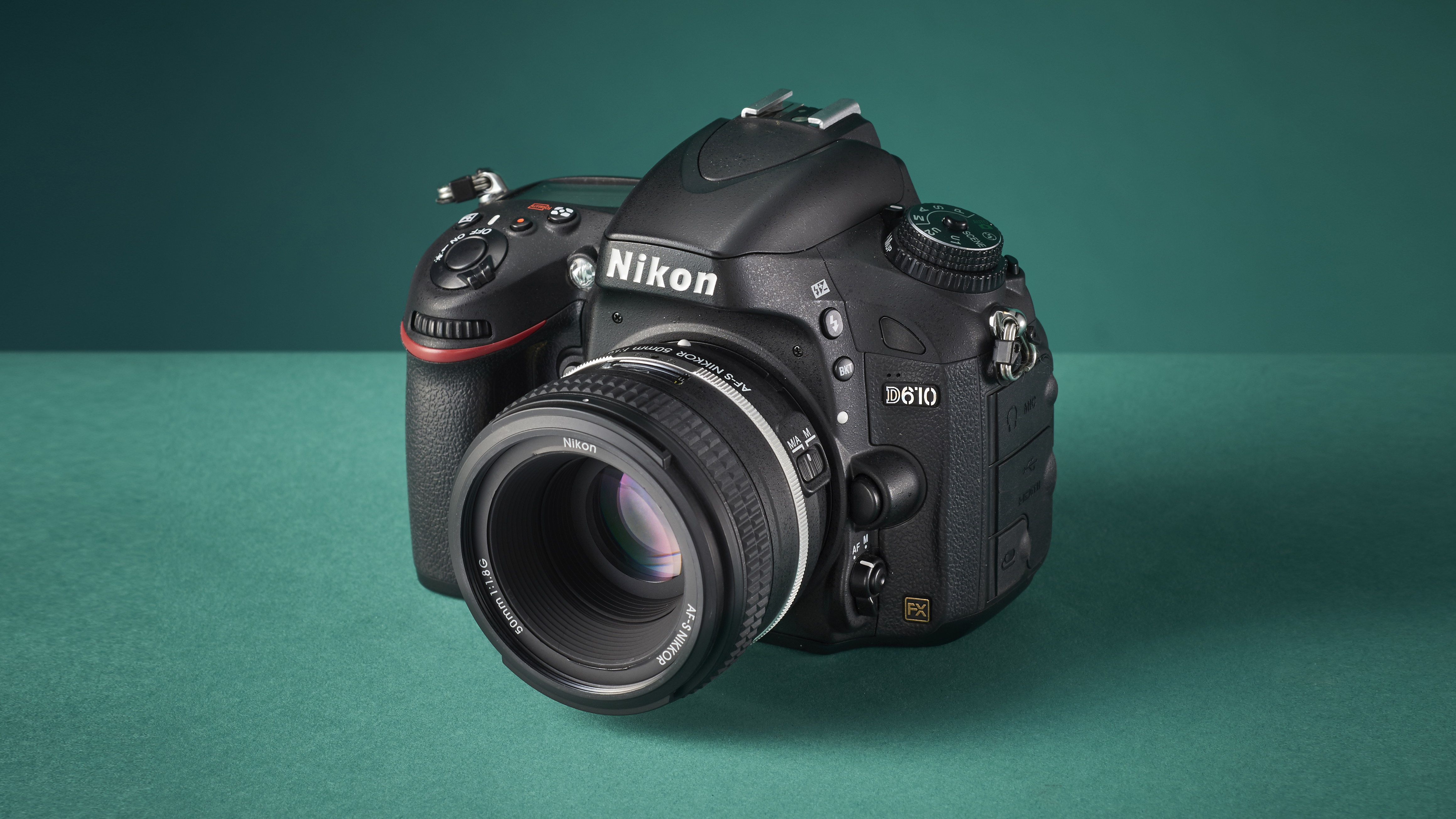
The D750 is good value, but the D610 gets you into the world of full-frame photography for even less. Much lesser, in fact, than some of Nikon's APS-C DSLRS.
It's only an incremental upgrade over the preceding D600, but it addresses that camera's issues and boasts top-notch image and build quality. Although its pixel count is the same as the cheaper APS-C D7200, the increased sensor size results in greater dynamic range and less image noise.
Full-frame is the name of the game, so extra features like Wi-Fi or a tilting screen are absent, but the 39-point AF system is reliable and the 6fps continuous shooting speed respectable.
The D610 is slightly overshadowed by the newer D750, but it's still an decent camera. It's getting on a little bit though and is due for an upgrade soon.
Read the full review: Nikon D610
Also consider...
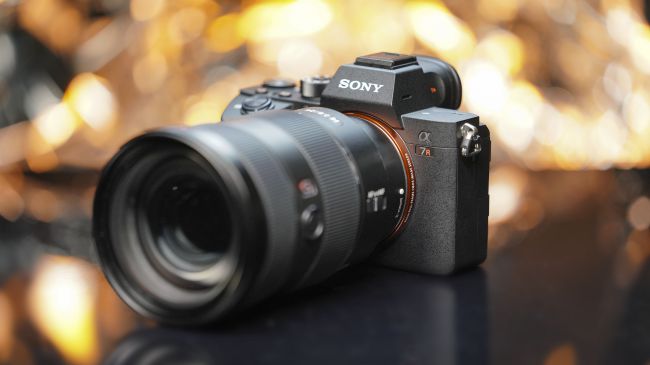
Launched in November 2017, the Sony Alpha A7R III is an upgraded version of the A7R II which came in 2015.
It comes with 42.2-megapixel BSI CMOS sensor and BIONZ X image processor which promises to increase the processing speed up to 1.8 times faster than its predecessor.
In addition to this, the camera can shoot up to 10fps. If Nikon thought it was going to have things all its own way with the D850, it should think again. For now, the Alpha A7R III is not only the most well-rounded mirrorless camera you can buy, but one of the best cameras out there.
Read the full review: Sony Alpha A7R III
from TechRadar - All the latest technology news http://ift.tt/2sl0c2d
No comments:
Post a Comment